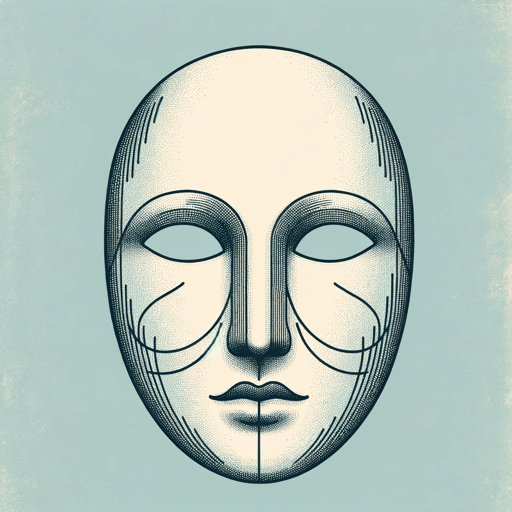17 pages • 34 minutes read
Shel SilversteinMr. Grumpledump's Song
Fiction | Poem | Adult | Published in 1974A modern alternative to SparkNotes and CliffsNotes, SuperSummary offers high-quality Study Guides with detailed chapter summaries and analysis of major themes, characters, and more.
Background
Literary Context
The poetic works of Shel Silverstein are situated within a long literary history of nonsense and free verse poetry (see: Literary Devices “Form and Meter”). Nonsense verse, or nonsense poetry, as defined by the Encyclopedia Britannica, is “humorous or whimsical verse that differs from other comic verse in its resistance [to the] rational” (“Nonsense Verse,” The Editors of Encyclopedia Britannica, Encyclopedia Britannica (2019)). Skilled authors of literary nonsense verse such as Edward Lear and Lewis Carroll use coined, meaningless words in a context that makes those same words sound purposeful within their poetry. Many traditional nonsense poems are also free verse: poems without any consistent patterns of rhyme, rhythm, or meter. The combination of made-up language and erratic formations of poetic verse create a playground for poets to stretch the creative limits of the genre, creating dynamic works of writing that engage audiences from the first silly turn of phrase to the last.
Most modern nonsense poetry, dating from the beginning of the 19th century, has been written for children. Shel Silverstein’s poem, “Mr. Grumpledump’s Song” illustrates the techniques of the nonsense tradition within its title.
Related Titles
By Shel Silverstein




